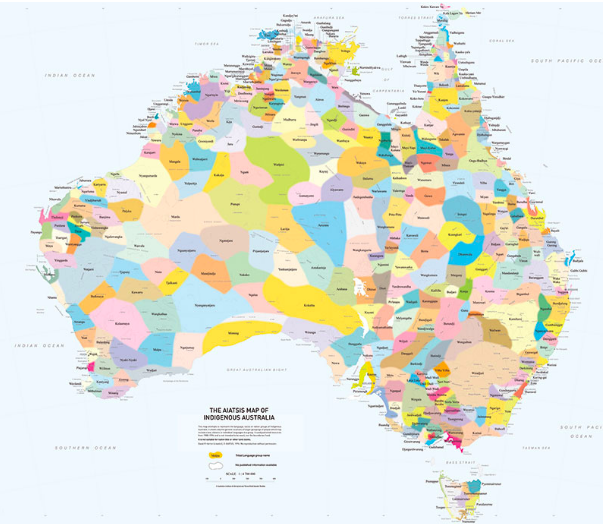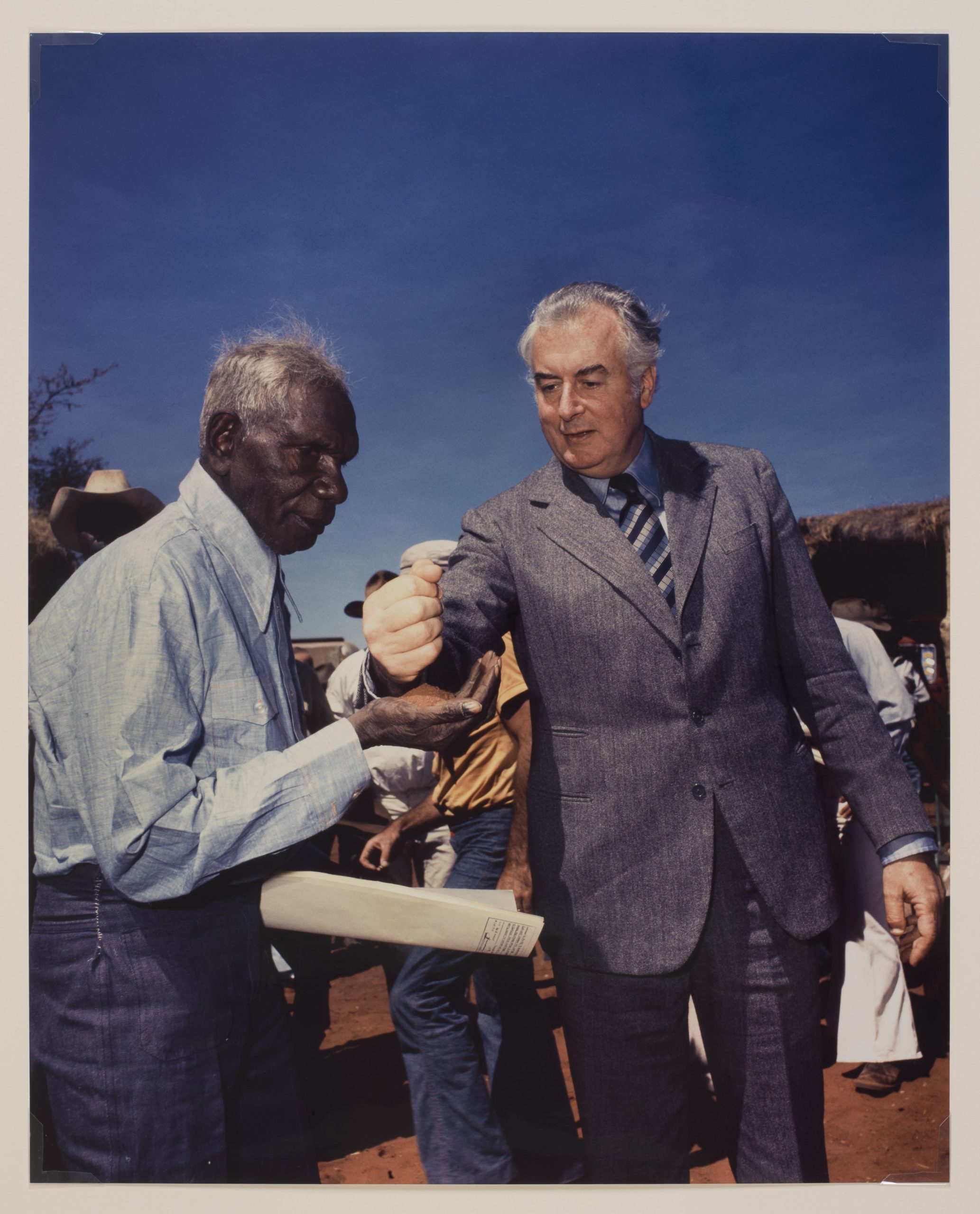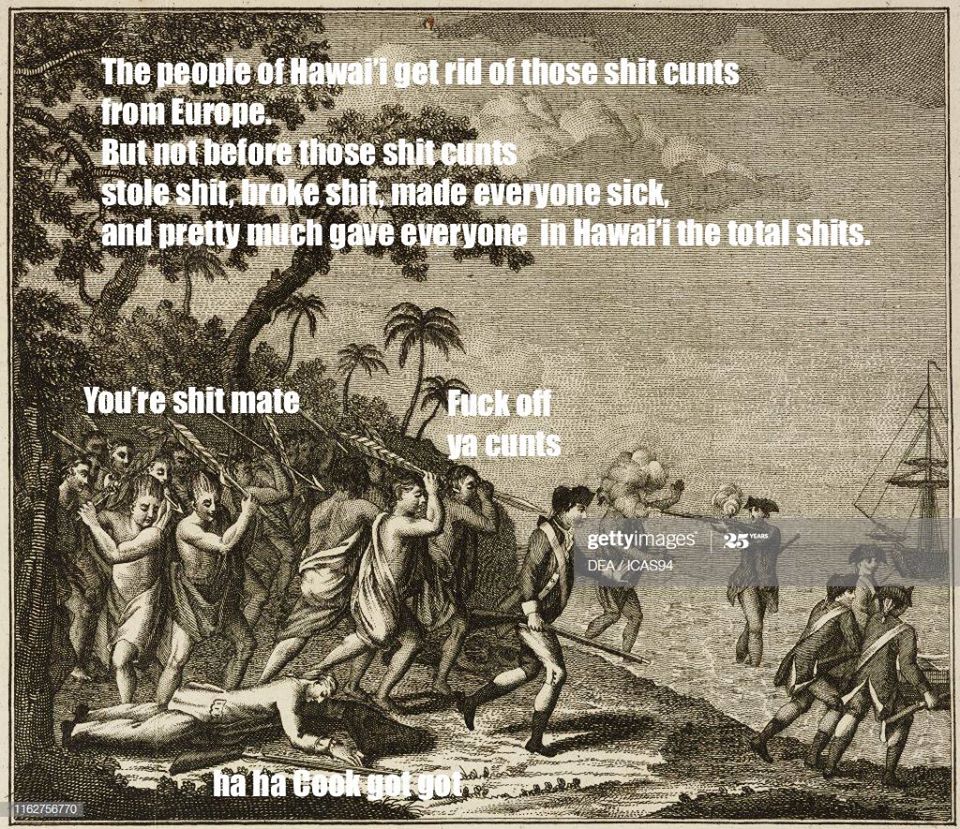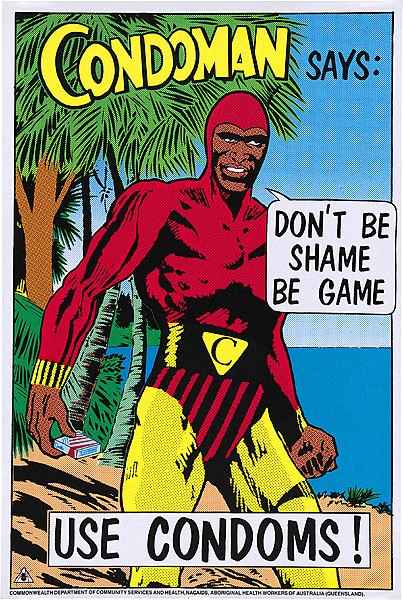So it seems that white people are having trouble dismantling racism in the lindy hop world.
Despite at least 30 years* of hard work, we haven’t seen dancers deconstruct systems that privilege white men (for DJing, teaching, MCing, band, and other high profile gigs).
Because the people with the power are white men, who, when it comes down to it, just don’t want to give up their own spot on a prestigious teaching/DJing/band/event team.
I can count on the fingers of one finger the number of times I’ve seen a white person give up a high profile gig _publicly_ for a person of colour. And that was a genderflex person. I know people** surely do this stuff in private…
…wait. Do they? I know women and trans folk who do. But straight white cismen? Hm.
Basically, if we want shit to get sorted, white bros have to sit the fuck down. Or better yet, book the room, put the kettle on, and get in the kitchen to keep the cake coming, so everyone else can get shit done.
You know, watch and learn, rather than trying to manage other people into doing what they want. Again.
I know that my job, as a white woman, is to shoosh. It’s to be that person who clears the path so that Aunty can get to her seat and sit down comfortably before bringing the smackdown. I know that my job is to get people of colour – particularly women of colour – onto stages, with microphones in their hands to talk about anything they like. To give them the physical space in a class to do and say and teach anything they want. I also know it’s my job not to interrupt a group of black women deep in conversation in the bar, even if I really want to hang out with them.
Sit down and listen, white people. The adults are talking.
I’m actually a fan of letting go of how we (white people) have been doing things _generally_. Maybe waiting for black leadership to get behind isn’t the way forward?
It’s something I’m really interested in.
Instead of assuming that things are basically ok as they are, they just need more melanin, we could start by assuming that we’ve been making a mess here, white people. So stop with the white supremacy. White ideas do not reign supreme; white ways of doing things are not the best.
White people: instead of pushing for assimilating poc colour into white institutions, why not just assume the institutions are inherently racist, and learn something from Black culture about how to do things in different ways?
It’s an idea I’ve been chasing in my thinking about gender roles in lindy hop.
White people: instead of trying to salvage 1950s gender roles and the way they’ve been mapped onto lindy hop, why not just assume _these_ institutions are hopeless, and learn something from Black culture about how to do gender? I mean, Black dancers have been trying to tell us for years and years: we don’t do gender like that, so don’t go reading Black heterosexuality like it’s white heterosexuality. So, white people, why don’t we just believe them? Is it that we just don’t trust Black people to truly be right?
So I’m thinking (especially in this moment of pause, where covid19 is giving us a chance to reboot), why don’t we just assume the way we’ve been doing things in lindy hop is dumb and restart?
I know white people and especially white men, abhor a power vacuum, and perceive alternative modes of interaction as vacuum (do straight white men see in the egalitarian spectrum?), but hold off trying to fix things for just a tick.
Nathan Sentance wrote a great article called ‘Diversity Means Disruption’, and I went to town on it here, so I won’t go into it again now. Also it is bedtime for me
*People have been talking and acting on this same old shit since lindy hop got popular with white people (again).
**And by people I mean white cismen.




